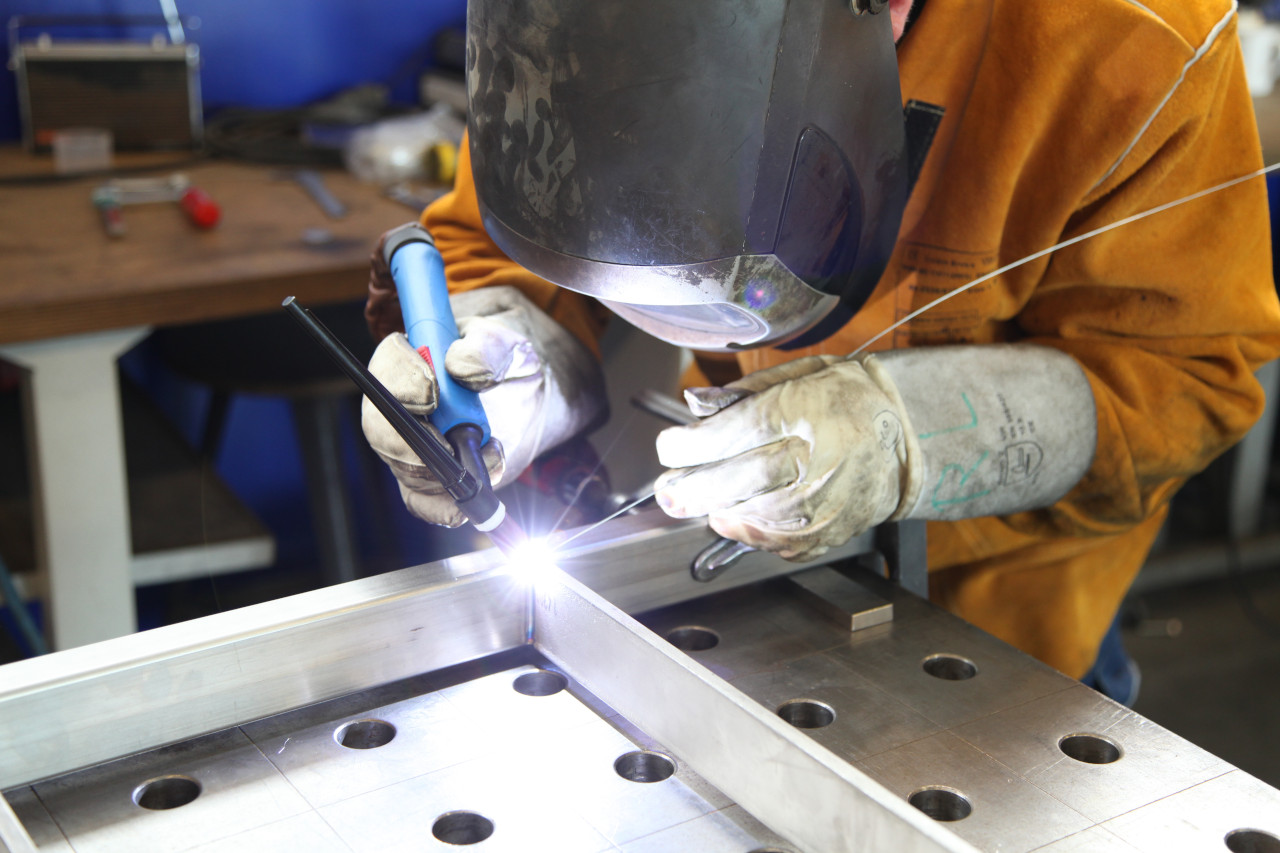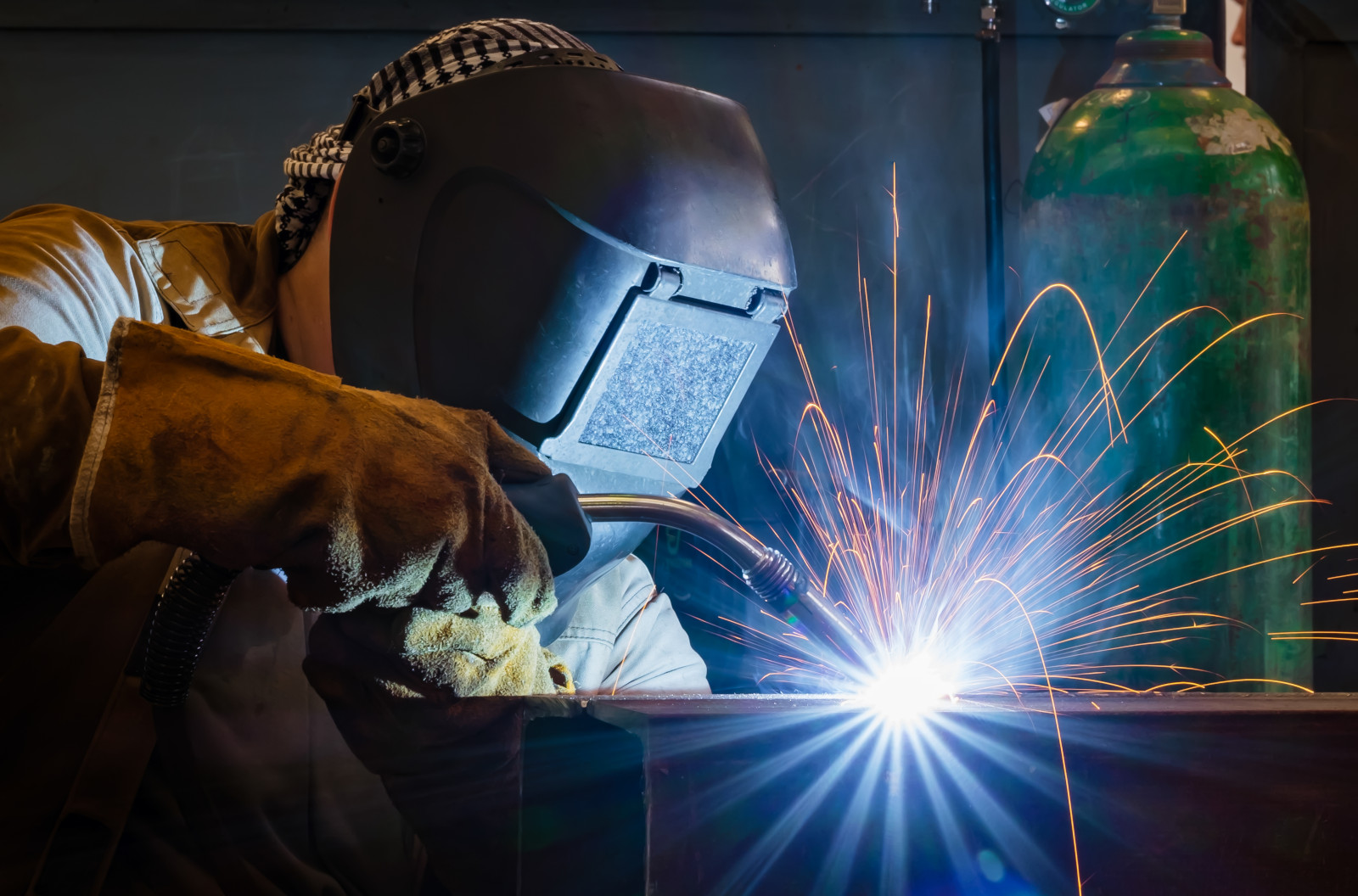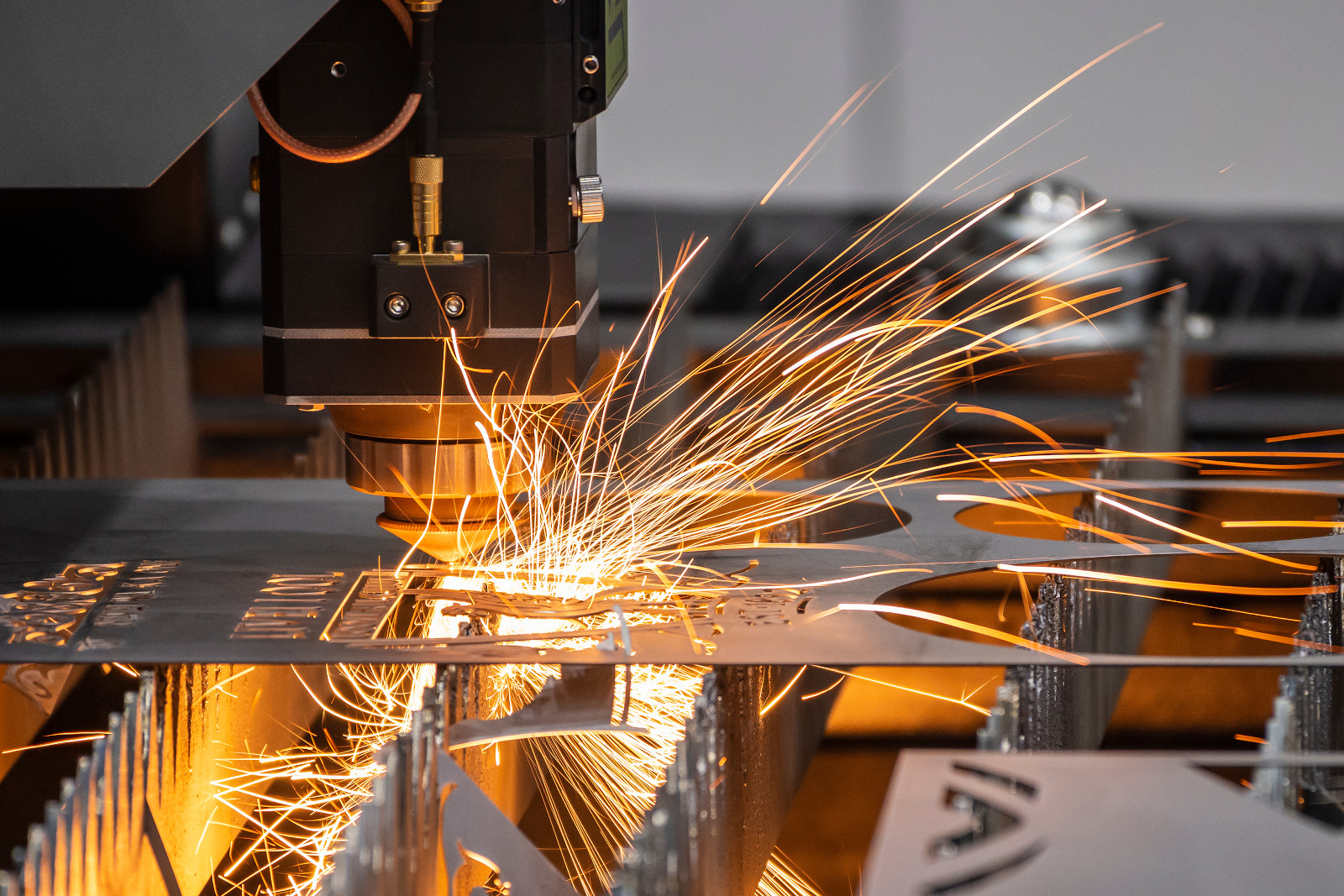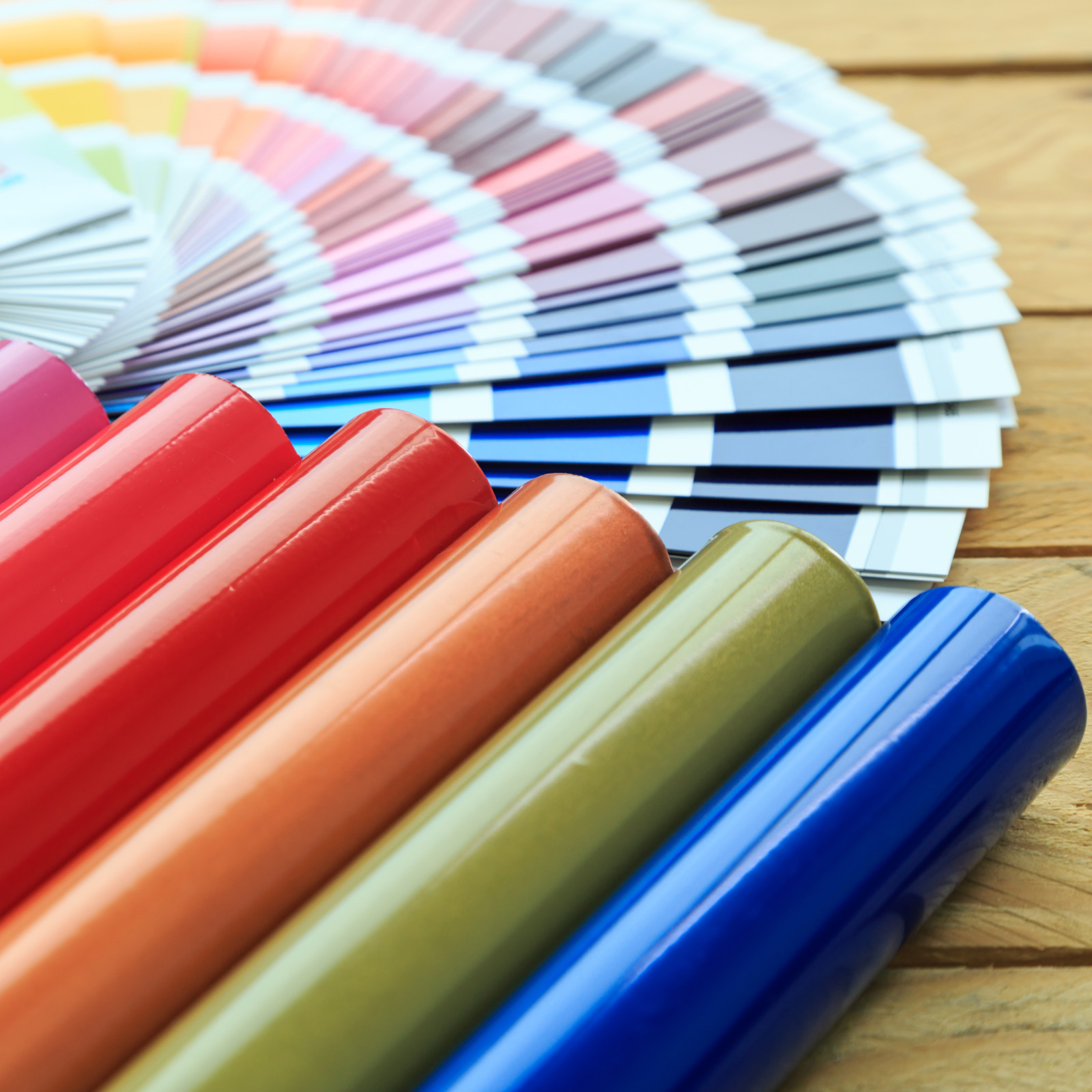From Design to Delivery: Navigating the Process of Custom Metal Fabrication
Nearly every industry relies heavily on metal fabrication, and custom metal fabrication. Some fabricators create small but vital metal components for everyday life, while others manufacture metal frames for large equipment or entire vehicles. No matter what’s being made, the overall process generally follows the same basic steps.
1. Design
Designing the product is the first and most important step in custom metal fabrication. Having a good, thoughtful design will help ensure that the final product will perform as intended. While some designs are still hand drawn, most manufacturers make use of computer-assisted design (CAD) software, which simplifies and enhances the process, often with 3D tools and improved information sharing. The design step of custom metal fabrication is usually where a quote is written up as well, and all expenses are agreed upon.
The amount of detail that is available on the initial design will also help to determine the type of manufacturing assistance that one would need. Some custom fabricators provide Build-to-Print services, where a customer brings a full design of a part or product, with all dimensional and material information included. Other fabricators provide Design and Spec. services, where they help the customer work through developing the design.
2. Fabrication
Metal fabrication is a catch-all term that refers to any process that shapes raw metal, usually in sheet form. That includes cutting, pressing, milling, turning, welding, grinding, and many other manufacturing processes.
The types of fabrication that a project requires are typically determined by the design of the component. Certain features or geometries are more easily attained by certain processes, while other types of fabrication are less expensive and lend well to large volumes of simpler components. Some products will require more than one fabrication process, which will be accounted for in the design as well.
3. Assembly and Finishing
Once fabrication is complete, assembly and finishing services can be done to complete the project. Individual parts are welded or fastened together, and the entire part is then often coated or finished in some way to improve its appearance and increase its resistance, depending on the type of material used to manufacture the part.
Finishing can involve deburring, painting, powder coating, plating, and much more depending on your project and its requirements. These coatings each have their benefits, and provide a complete, finished part that is ready for operation.
4. Final Inspection and Delivery
Once assembly and finishing are complete, the part will be inspected by quality control personnel to ensure that all parts of the project conform to the design specifications and function as intended. Then, they will typically be shipped to the customer’s facility or warehouse.
Some Things to Keep in Mind
- Quality inspections are typically performed throughout the custom metal fabrication process, prior to the final inspection.
- Not every manufacturer performs all of these processes. Typically, shops will specialize in a few certain fabrication techniques, or in specific production volumes, depending on the industry they typically serve.
Looking for a supplier of custom metal fabrication services?
Decron is a custom metal fabricator specializing in small-to-medium production volumes of metal parts for the Agriculture, RV, Sports Utilities, and Commercial industries. To learn more about our services, check out our website.



